One of Himachal Pradesh’s most alluring natural wonders is the Jogini Waterfalls, which are situated in the scenic Kullu Valley. Jogini Waterfalls, well-known for its breathtaking beauty and serene surroundings, can be the ideal retreat for adventure seekers and nature lovers. The waterfall rises to a height of 150 feet, creating the impression of water splattering against a rocky bottom. This verdant environment is further enhanced by the gushing waterfall, full of dense forests and luxuriant vegetation that elevate its beauty and make it ideal for a break.
Location Of Jogini Waterfalls
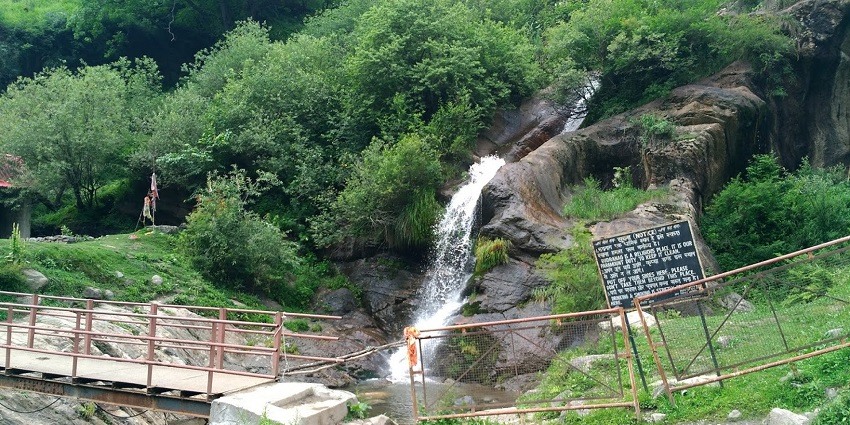
Photo: Photos Worldwide / Wikimedia Commons / Image For Representation Only
Jogini waterfalls are located very close to the Vashisht Village, about 3 kilometres from the well-known hilly town of Manali in the state of Himachal Pradesh. The waterfall finds its place in the Beas River valley amidst the vibrant greenery of the Kullu Valley.
Suggested Read: Top Things To Do In Himachal Pradesh
How To Reach Jogini Waterfalls
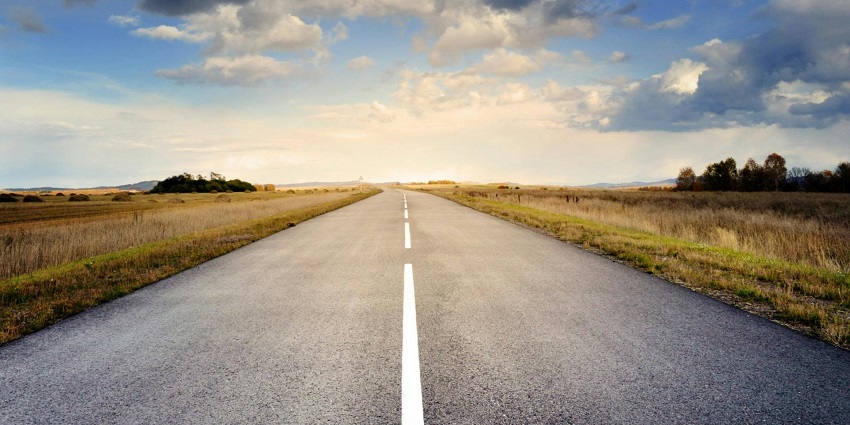
Photo: Pixabay / Pexels / Image For Representation Only
There are several ways to reach Jogini Waterfalls. Explore these places on your idyllic visit to Himachal.
By Air: The nearest airport is Bhuntar Airport, located approximately 50 kilometres from Manali. From the airport, visitors can hire a taxi or take a local bus to reach Manali, then proceed to Jogini Waterfalls by foot or taxi.
By Road: Manali is well-connected by road to important cities such as Shimla, Chandigarh, and Delhi. From these cities, regular bus services are available for reaching Manali. From Manali, Jogini Waterfalls can be reached by a short trek from Vashisht Village.
By Rail: The nearest railway station is Joginder Nagar, around 163 kilometres away. Visitors can hire a taxi or take a bus from the railway station to Manali and then proceed to the waterfall.
Places To Visit In And Around Jogini Waterfalls
Your trip to Jogini Waterfalls can include many more places to explore. Here the list of some of the most visited places around Jogini waterfall.
1. Vashisht Village
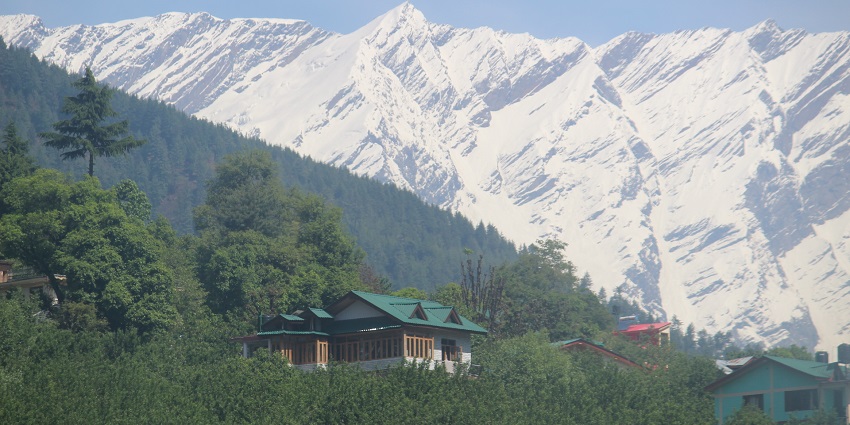
Photo: Ajisi / Wikimedia Commons / Image For Representation Only
A little settlement called Vashisht settlement is situated at the beginning of the Jogini Waterfalls walk. This hamlet is well-known for its historic temples and hot springs. The most famous of these is the temple to the guru Vashisht, called the Vashisht Hot Water Temple. Visitors relax in the natural hot spring spa, which is reputed to have therapeutic benefits. The village is ideal for exploring before going to the waterfall because of its serene surroundings and stunning traditional Himachali architecture.
Timings: March to June, September to November
Suggested Read: Relax And Rejuvenate At The Famous Vashisht Hot Springs In Himachal
2. Manali
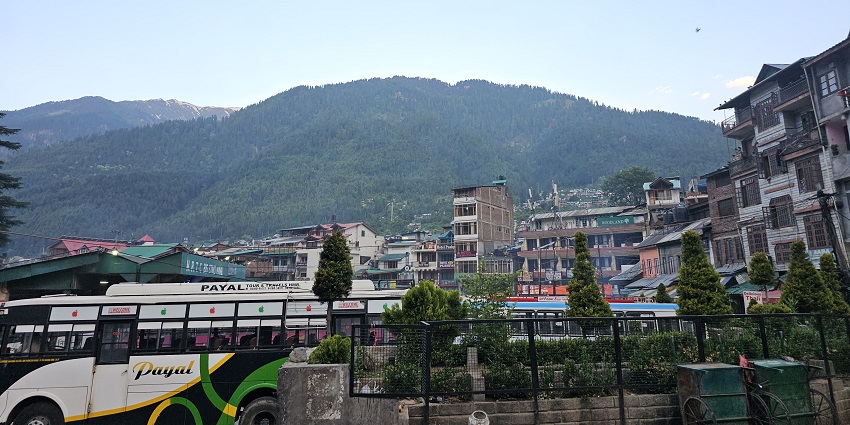
Photo: Ganesh Mohan T / Wikimedia Commons
One of the top hill stations in India, Manali serves as a base to explore the Jogini Waterfalls. Known for its beautiful locales, Manali is a honeypot for adventure sports, no less than for its colourful markets. A great number of travellers are attracted to Manali due to the many activities on offer. Some of the tourist attractions in this hilly retreat are the Hadimba Temple, Solang Valley, and the Manali Sanctuary. Because it is very close to Jogini Falls, it offers a great opportunity for stopovers for those who would like to explore the area’s beauty in natural forms.
Timings: March to June, December to February..
3. Manu Temple
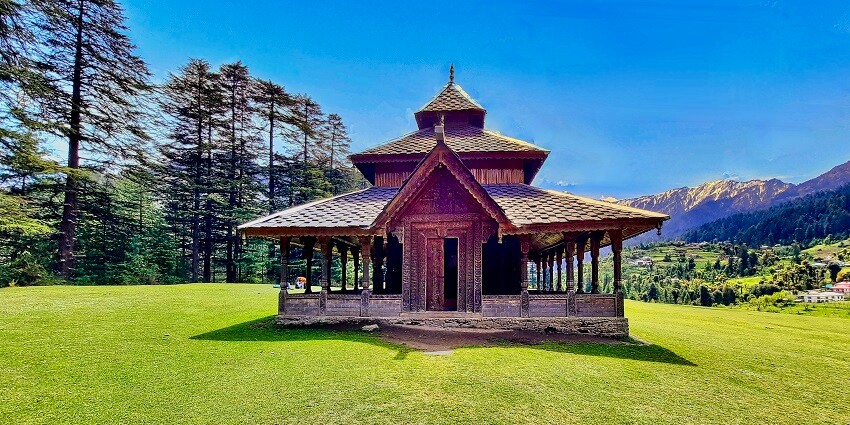
Photo: Ms Sarah Welch / Wikimedia Commons / Image For representation Only
The Manu Temple is located in the Old Manali area. The temple is dedicated to the sage Manu, revered in Hindu mythology as the progenitor of the human race. This temple is unique since it is the sole Manu temple in India. With a sweeping perspective of the valley and the Himalayas, the temple was built on the bank of the Beas River. The temple’s wooden design creates a serene atmosphere that draws history and spiritual enthusiasts.
Timings: March to June, September to November.
Suggested Read: Top Places To Visit In Himachal Pradesh For Your Next Vacation
4. Solang Valley
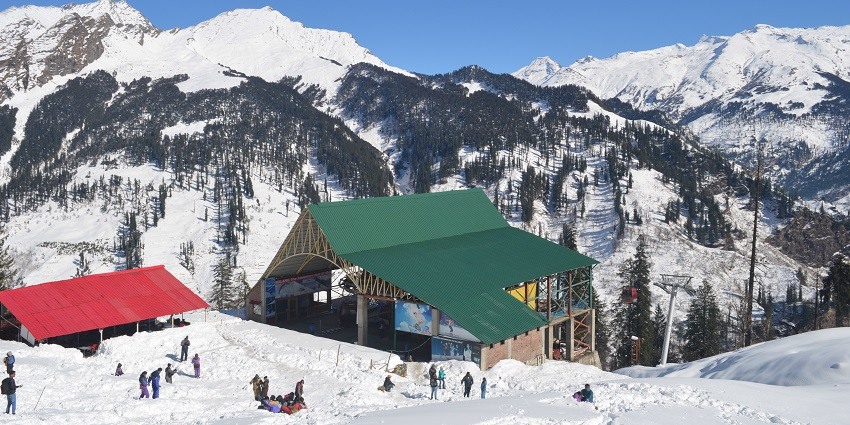
Photo: Bleezebub / Wikimedia Commons
Solang Valley, located about 13 kilometres from Manali, is one of the most popular destinations for adventure sports in Himachal Pradesh. The valley is known for its breathtaking landscapes and a wide array of activities available throughout the year. In summer, Solang Valley offers activities such as paragliding, zorbing, and horse riding. During winter, the valley transforms into a snowy wonderland, making it a haven for skiing, snowboarding, and snowmobiling enthusiasts.
Timings: March to June, December to February
5. Rohtang Pass
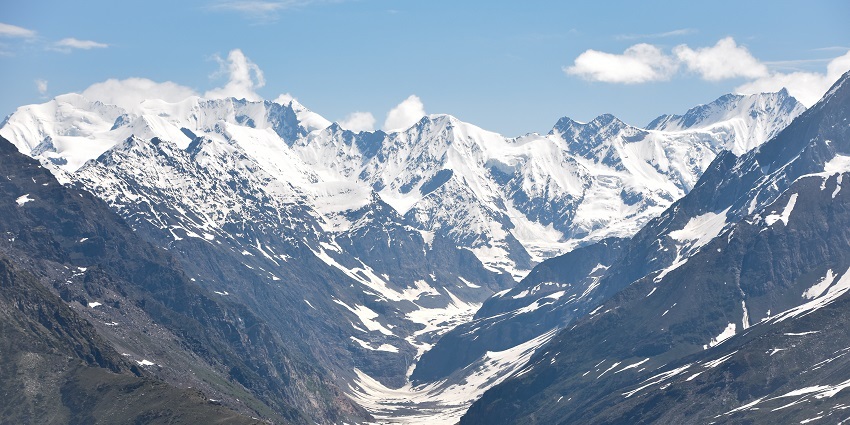
Photo: Timothy Gonsalves / Wikimedia Commons
Rohtang Pass in the Himalayas is located on the eastern Pir Panjal Range at a height of 3,978 metres, or 13,050 feet, above sea level. Located approximately 51 kilometres from Manali, it is one of the most popular tourist destinations in the region. The pass is the entry point for tourists hoping to take in the untamed splendour of the Lahaul and Spiti valleys. However, the location closes in November and reopens in six months in the event of significant snowfall.
Timings: May to October
Suggested Read: Top Places For Trekking In Himachal For An Enthralling Getaway
6. Naggar Castle
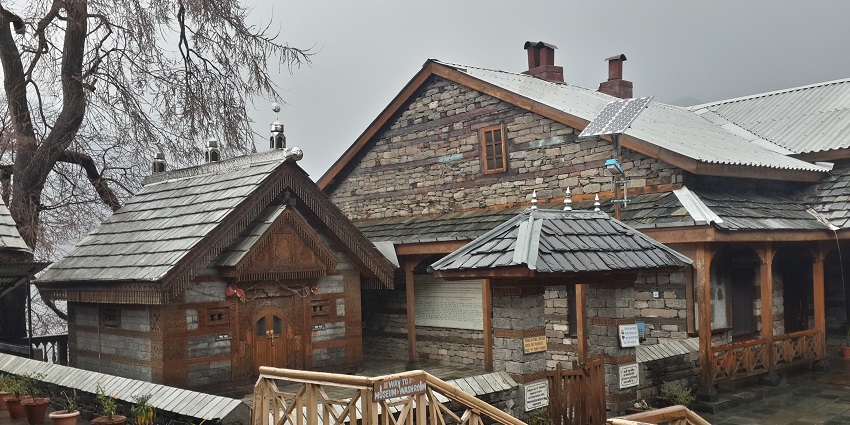
Photo: Akshat Sharma / Wikimedia Commons
Naggar Castle, located about 22 kilometres from Manali, is an ancient castle built by Raja Sidh Singh in the 15th century. This historic structure is now a heritage hotel managed by the Himachal Pradesh Tourism Development Corporation (HPTDC). The castle is a blend of traditional Himalayan and European architecture, with wooden beams, stone walls, and intricately carved balconies. The castle offers stunning views of the Kullu Valley and the surrounding mountains. The castle’s museum showcases traditional artefacts, paintings, and photographs that depict the rich cultural heritage of the region.
Timings: March to June, September to November.
Where To Stay

Photo: Pixabay / Pexels / Image For Representation Only
There are luxury hotels like the Span Resort and Spa, or the Manali Heights which offer modern amenities and mesmerising views of the mountains. For those who want to save a little, there are guesthouses and homestays in Vashisht Village in Shivalaya Retreat and Vashisht Homestay. There are also many camping options on the trekking route where travellers can have the best view of nature.
Suggested Read: Wildlife Sanctuaries In Himachal Pradesh To Visit On Your Upcoming Trip
Where To Eat

Photo: Pixabay / Pexels / Image For Representation Only
Dining out in Manali and at Jogini Waterfalls shouldn’t cause you any worry because the town caters to individual tastes in cuisine. Common dining establishments include Johnson’s Café and The Corner House of Manali, where one may sample real Himachali cuisine, such as Dham and Babru. Vashisht Village is home to a large number of tiny eateries that offer a combination of Indian and Continental fare. While hiking to the waterfall, one can take pleasure in the various food dhabas.
Best Time To Visit
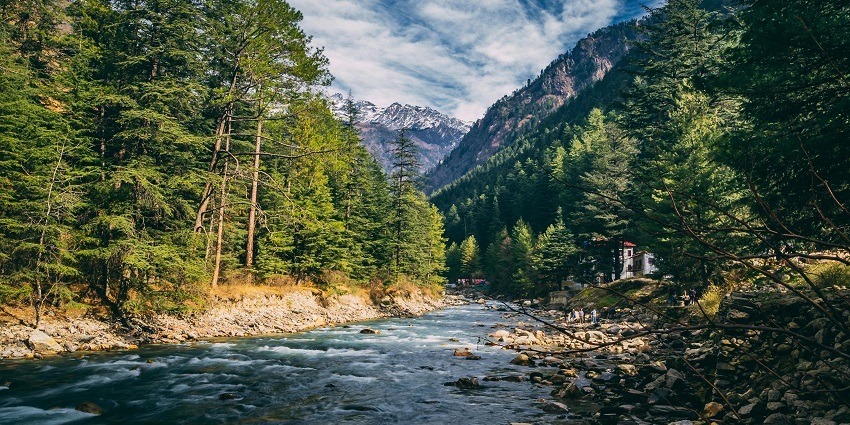
Photo: Ashwini Chaudhary / Pexels / Image For Representation Only
This time is very favourable for people to move around the place for hiking or to travel around the waterfall. The weather is too cool in summer. The view of the waterfall will be clear, due to which a lot of tourists are starting to come. Much greenery arrives after the monsoon, which makes the place lively. The winter months can be quite cold and hence restrict the outdoor activities. Similarly, during the monsoon, there is the possibility that the trek becomes slippery and one cannot walk on it.
Suggested Read: Top Offbeat Places In Himachal Pradesh For Fresh Mountain Air
Other Factors To Consider
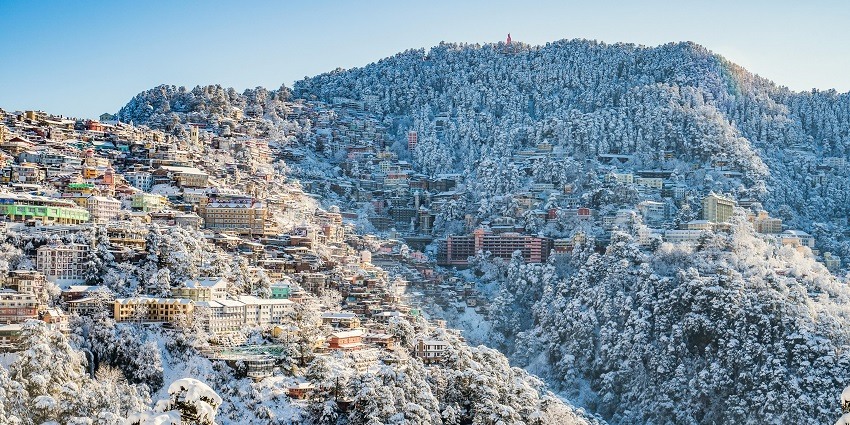
Photo: shalender kumar / Pexels / Image For Representation Only
Average Cost of the Trip: Budget for accommodation, food, local transportation, and entry fees while planning your trip. For budget travellers, the daily budget should be between INR 2,000 and 3,500. Midrange budgets should plan on spending between INR 4,000 and 6,000 per day, while luxury experiences may exceed ₹8,000 daily, covering upscale hotels (₹5,000–8,000), gourmet dining (₹1,500–3,000), and private transport (₹2,500–4,000).
Tips For The Travellers:
- Book accommodation in advance, especially during peak tourist seasons, as popular places may fill up quickly.
- Carry comfortable trekking shoes and warm clothing, as the weather can be unpredictable.
- Respect local customs and traditions, especially when visiting religious sites in Vashisht Village.
- Bring sufficient cash, as ATMs and card payment facilities may be limited in remote areas.
- Enjoy local food and interact with the community to enhance your overall experience.
Jogini Waterfalls, with its stunning natural beauty and tranquil surroundings, offers an exceptional opportunity to experience the serenity of the Kullu Valley. Whether you are a nature enthusiast or simply seeking a peaceful retreat. It promises a memorable experience amidst the splendour of the Himalayas. Plan your next getaway with TripXL to explore this breathtaking destination and create lasting memories together.
Cover Photo: Aditya verma / Wikimedia Commons


 WhatsApp
WhatsApp
 Twitter
Twitter









